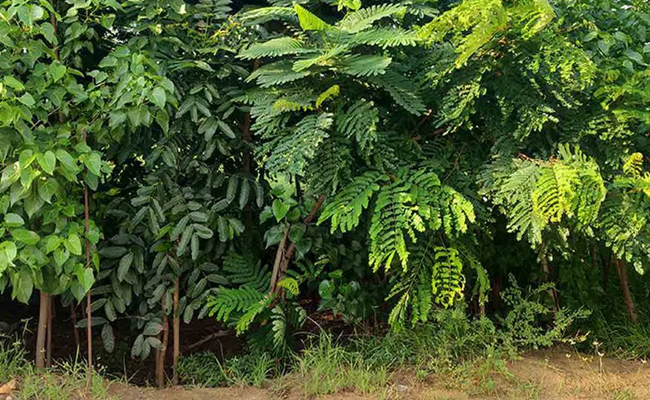
India News

The ongoing Maha Kumbh Mela in Prayagraj, Uttar Pradesh, is attracting millions of devotees from around the world, making it the largest spiritual congregation globally. While large crowds usually result in a lack of clean air, with many people facing difficulty in breathing due to oxygen shortages, Prayagraj has managed to provide fresh, clean air despite the huge number of attendees.
So, how did they achieve this?
The Uttar Pradesh government, anticipating the oxygen shortage issue, took action two years before the event. The Prayagraj Municipal Corporation adopted a Japanese method known as Miyawaki to ensure a steady supply of oxygen. They planted over 5 lakh plants across 18.5 acres in 10 locations within the city, creating a "mini forest." These trees, which have now grown to around 25 to 30 feet tall, release approximately 11.5 crore liters of oxygen daily, ensuring that the air remains fresh during the massive congregation.
The Miyawaki method involves planting a variety of trees, including fruit-bearing, medicinal, and ornamental species. Some of the plants planted include Mango, Neem, Tulsi, Brahmi, Peepal, Moringa, and many others, contributing to the environmental and ecological health of the area.
The project, costing Rs 6 crores, has been a success and is being maintained by a contracted company for three years. With the help of this initiative, the Prayagraj Municipal Corporation has managed to maintain clean air throughout the event, setting an example for large-scale events in the future.
Advertisment